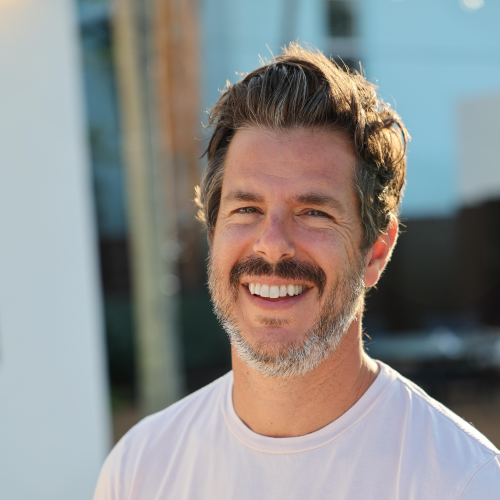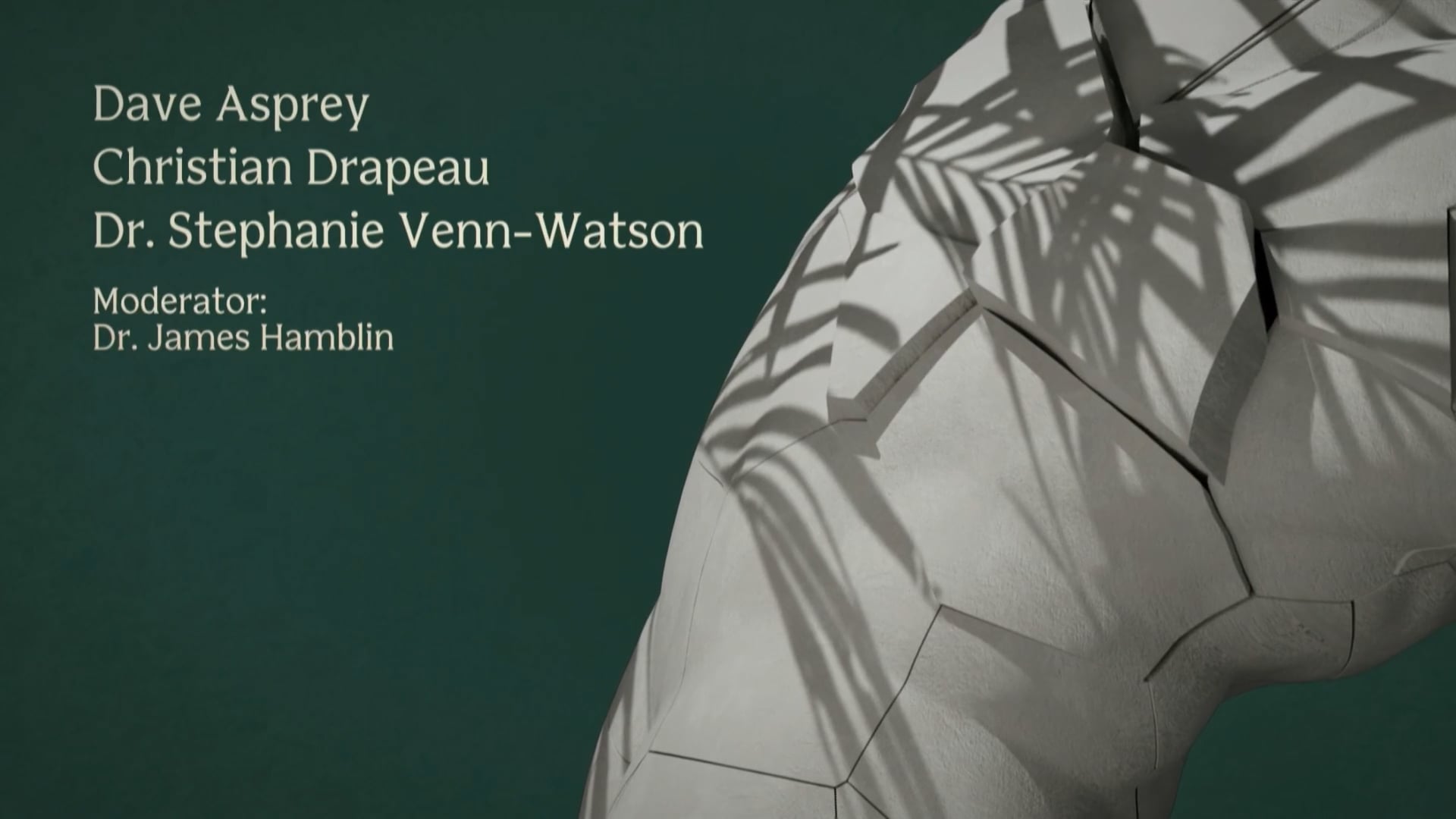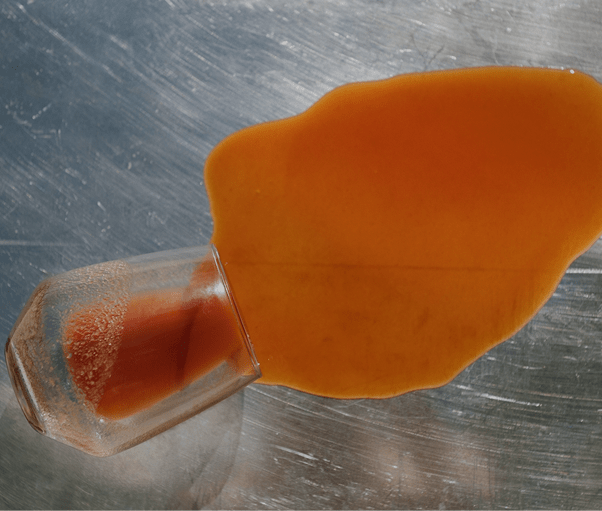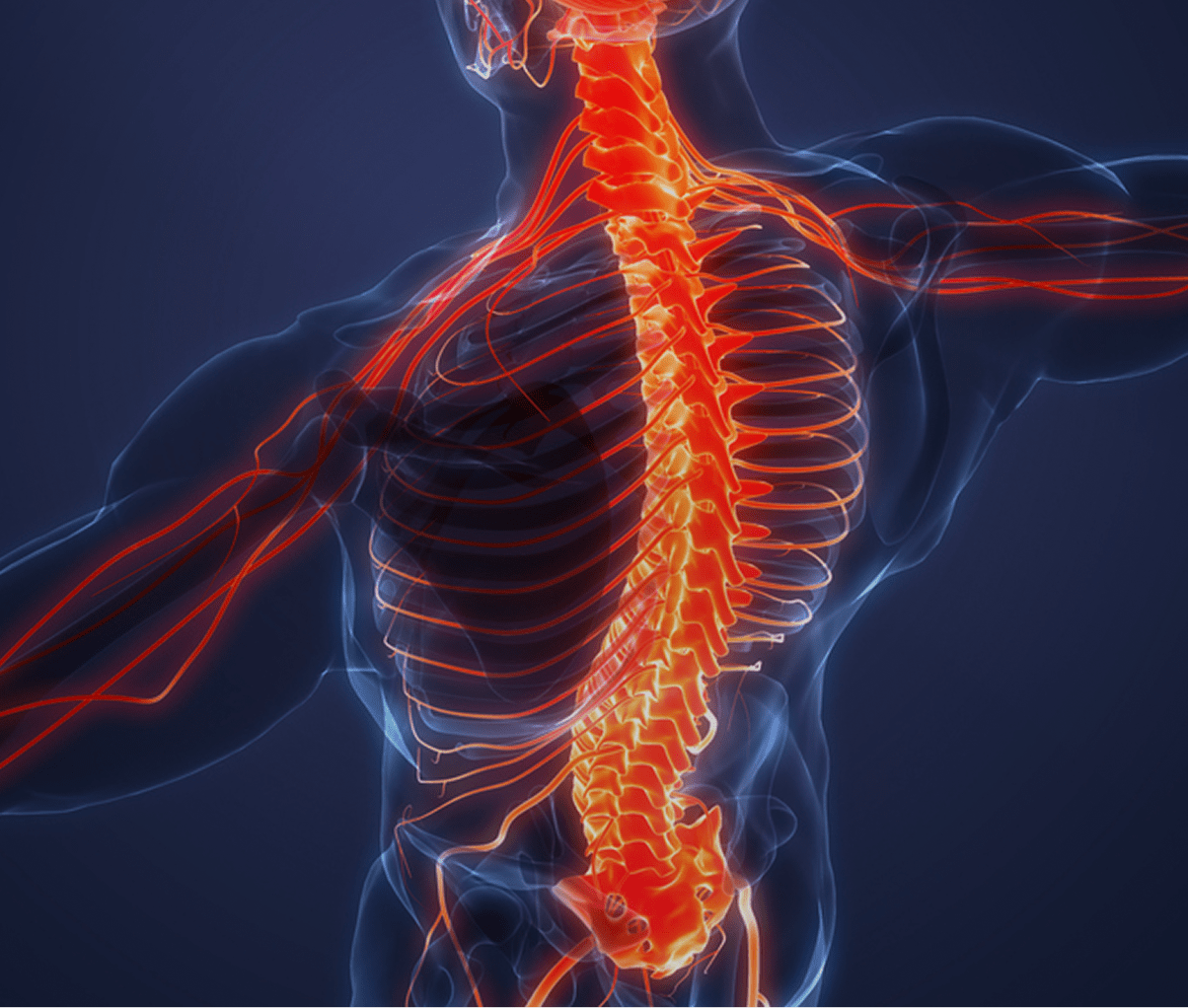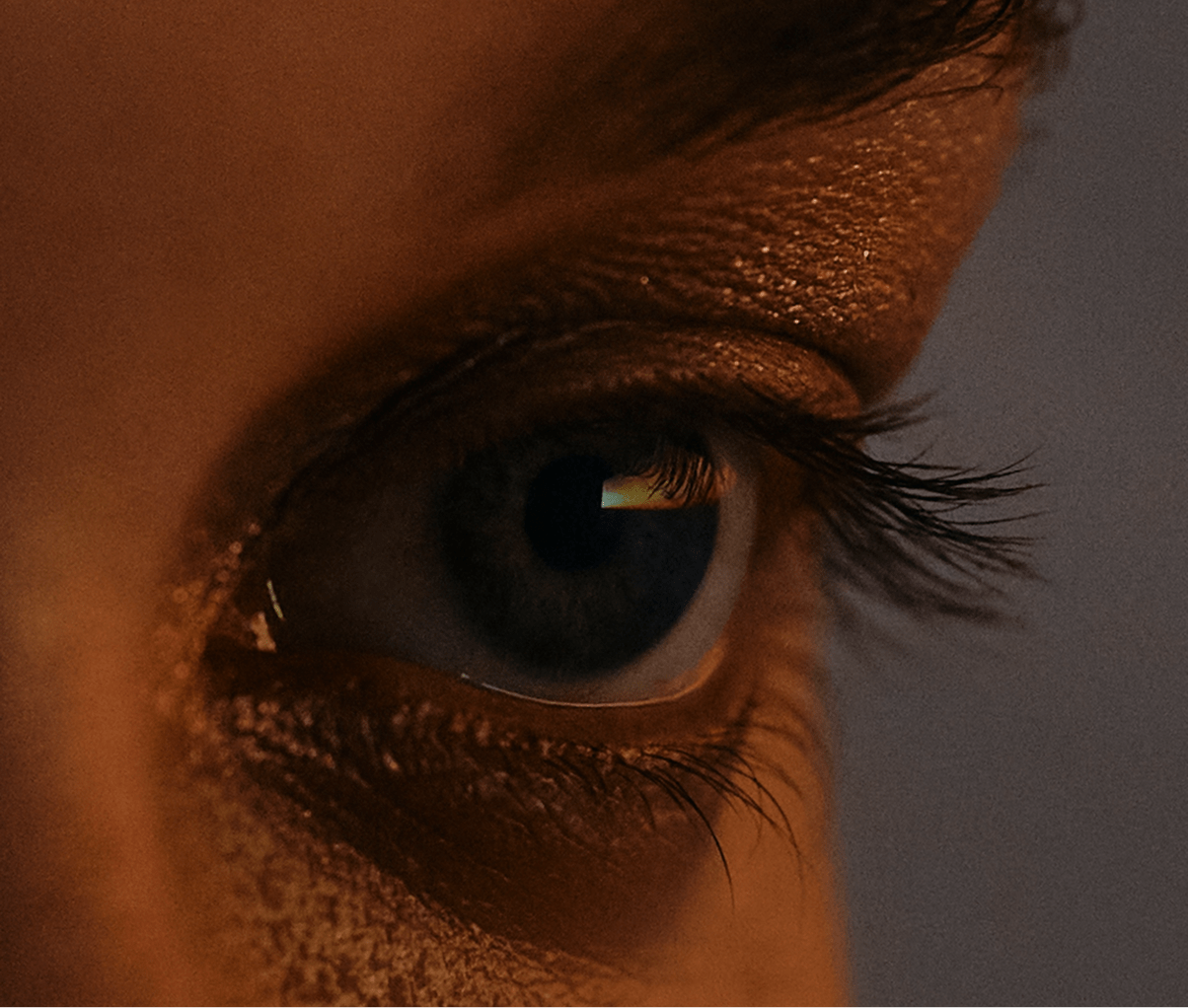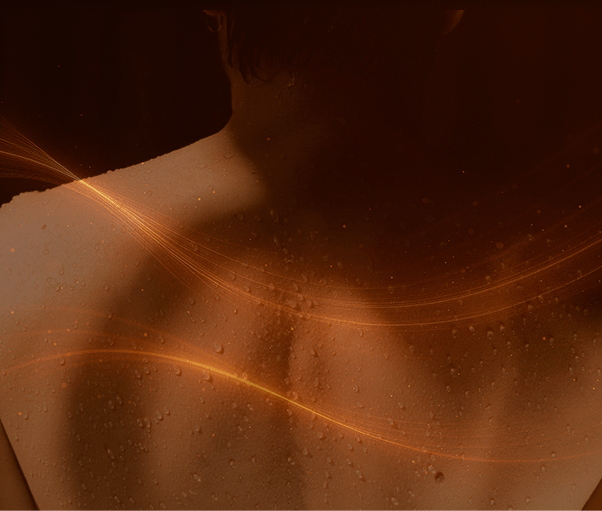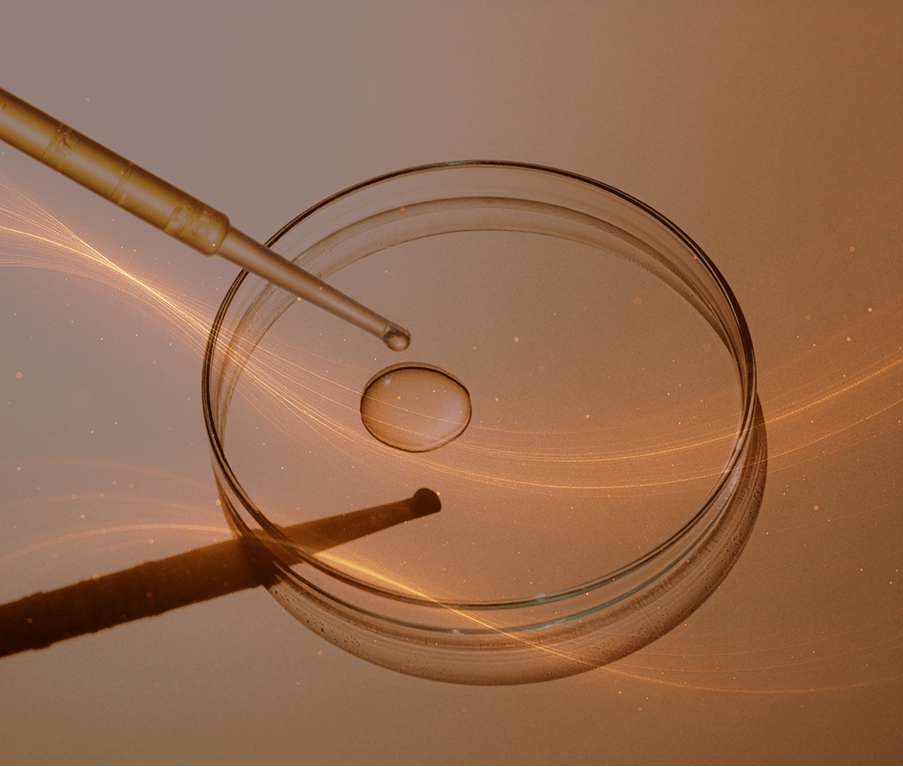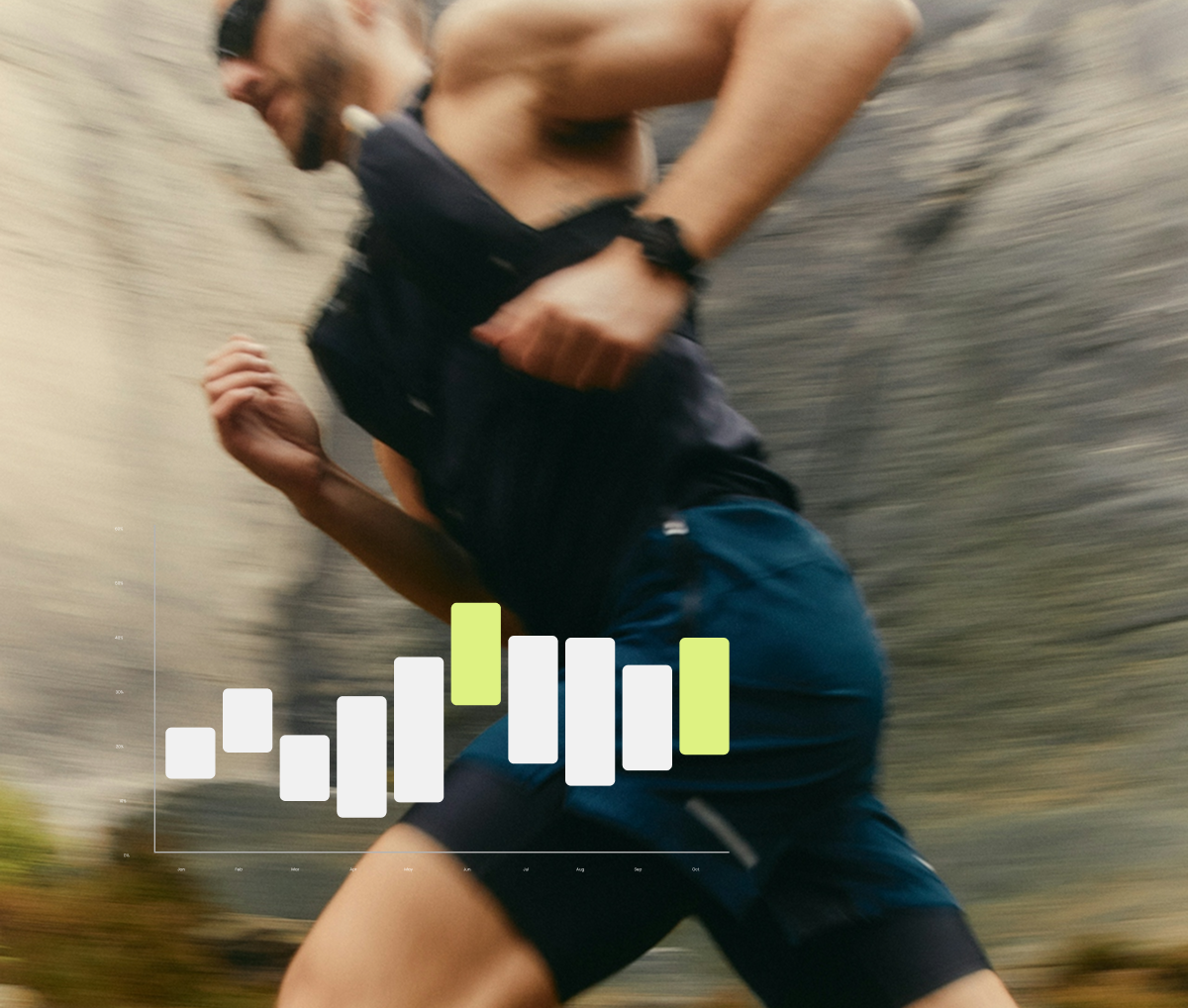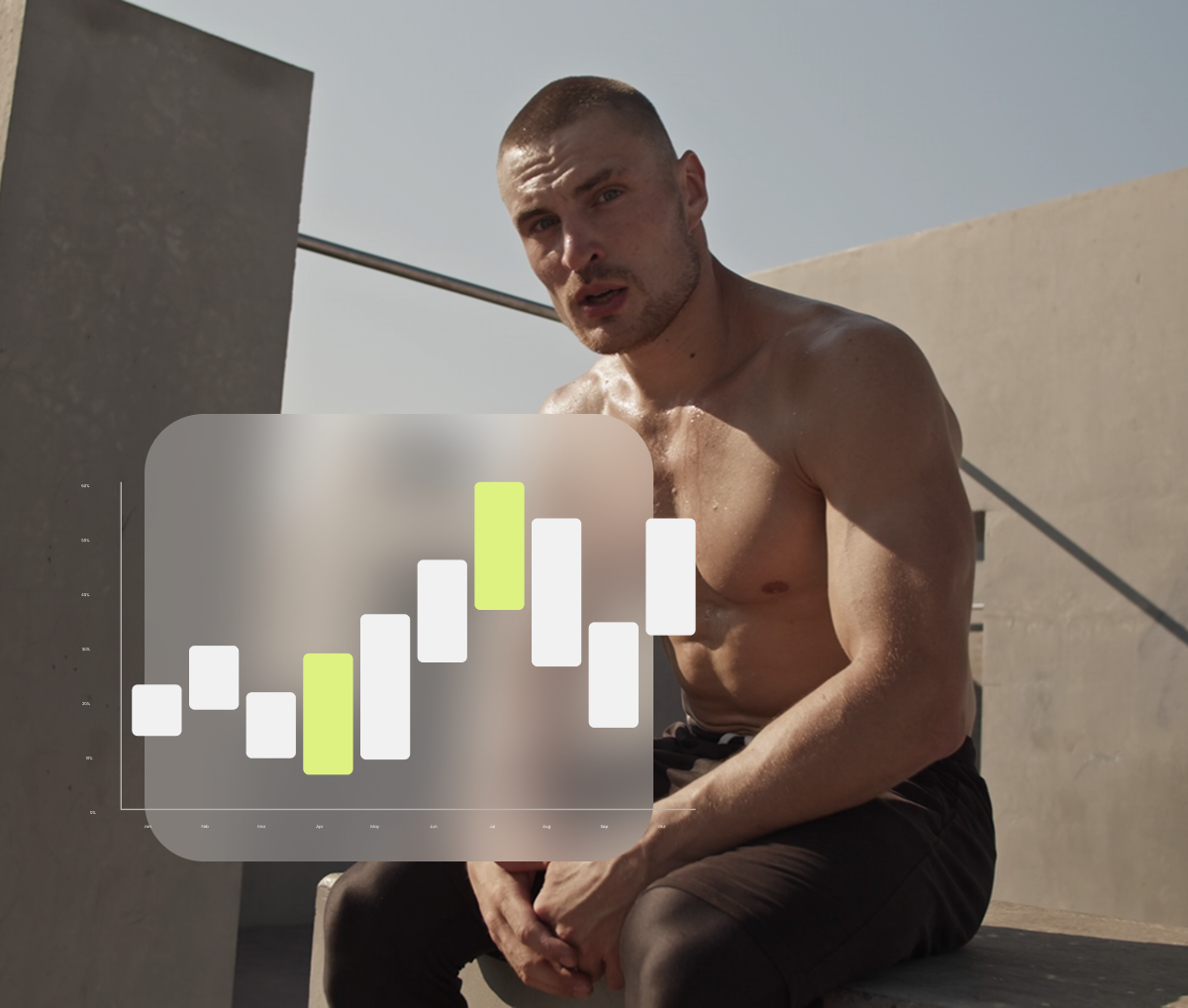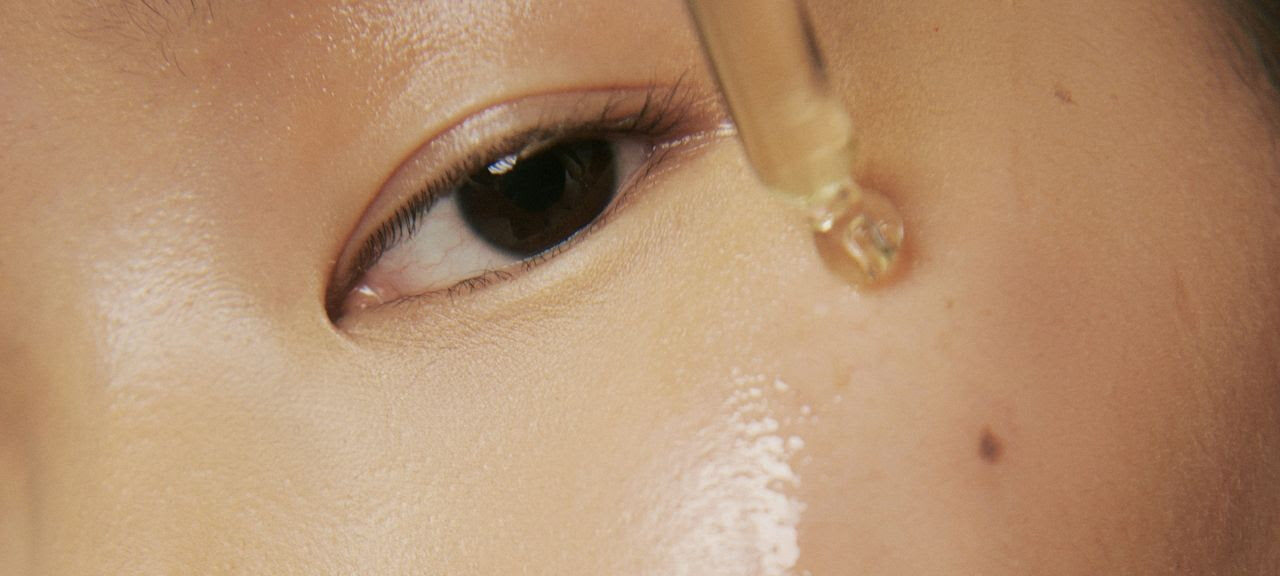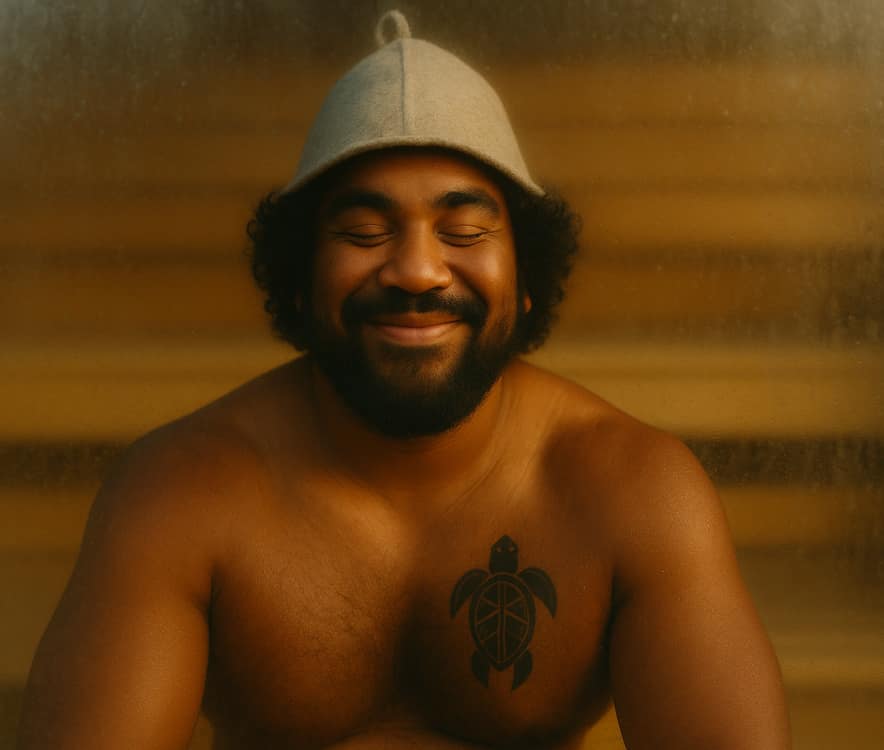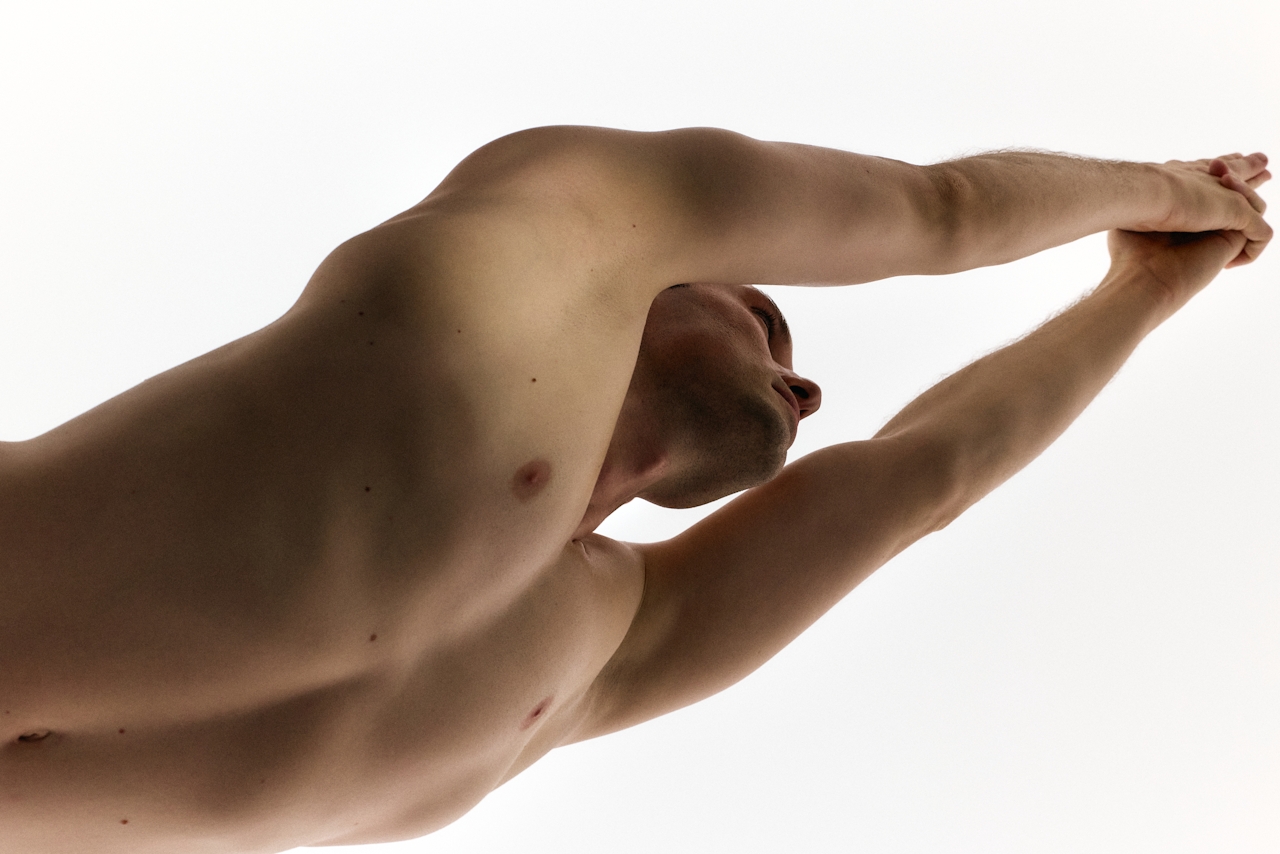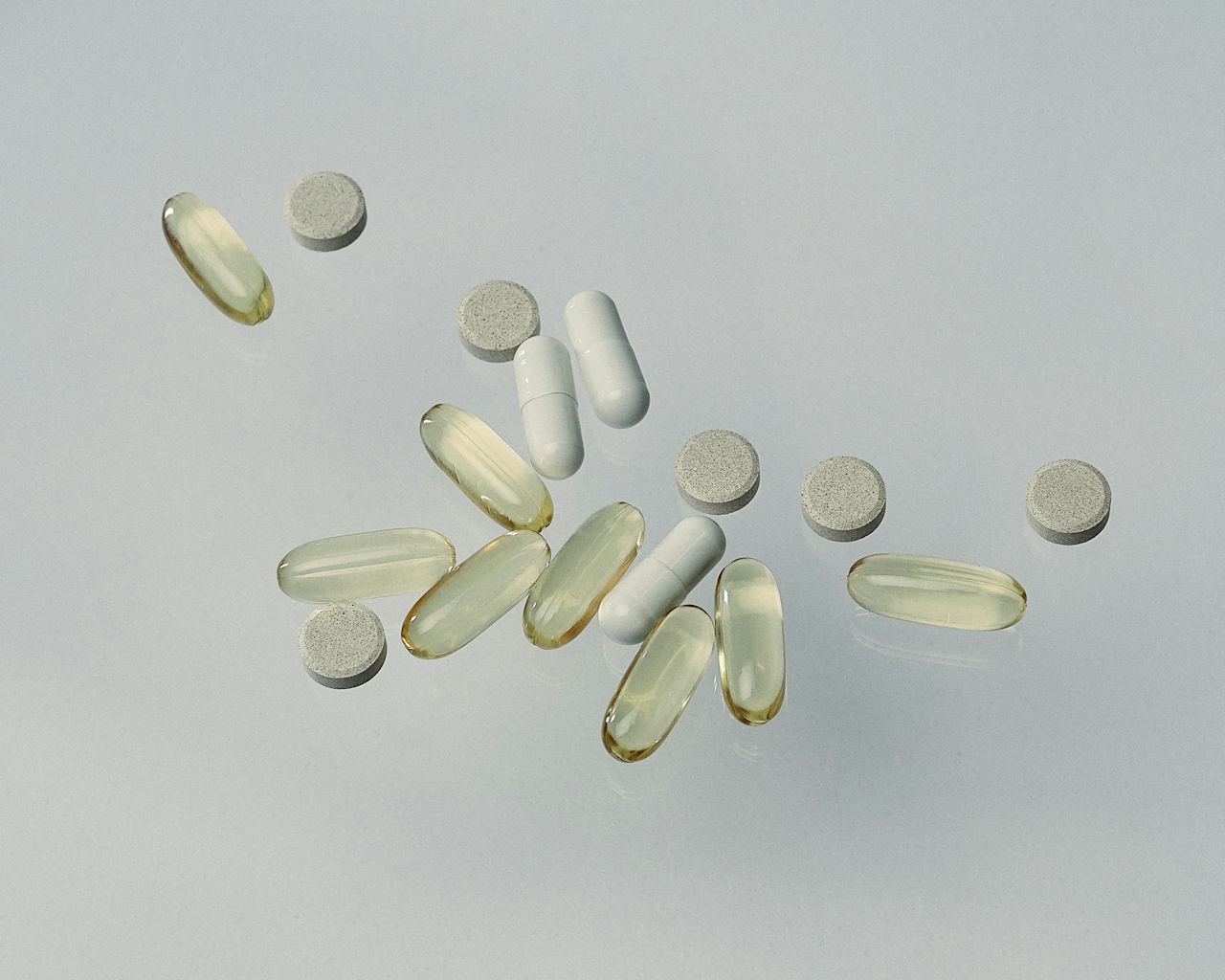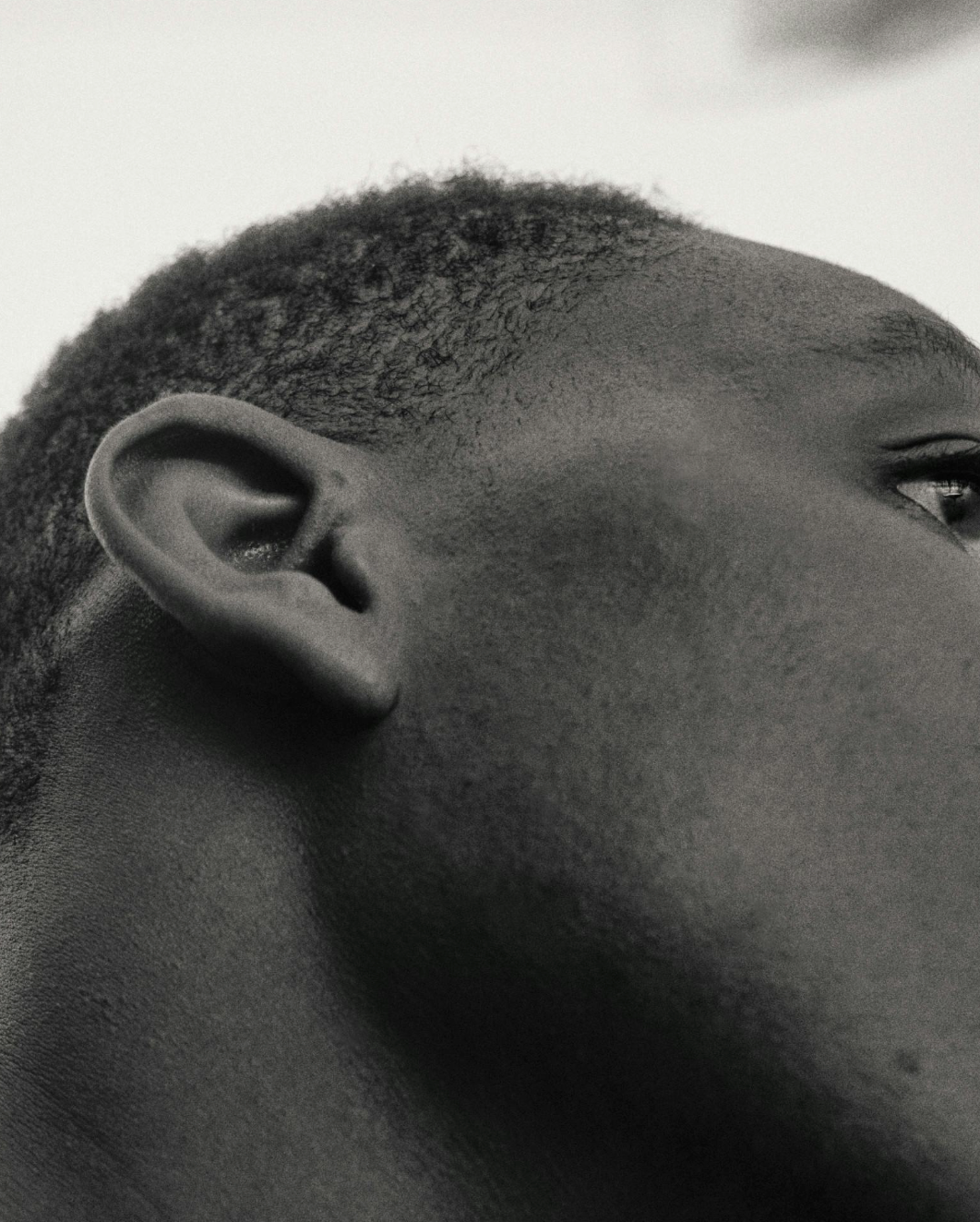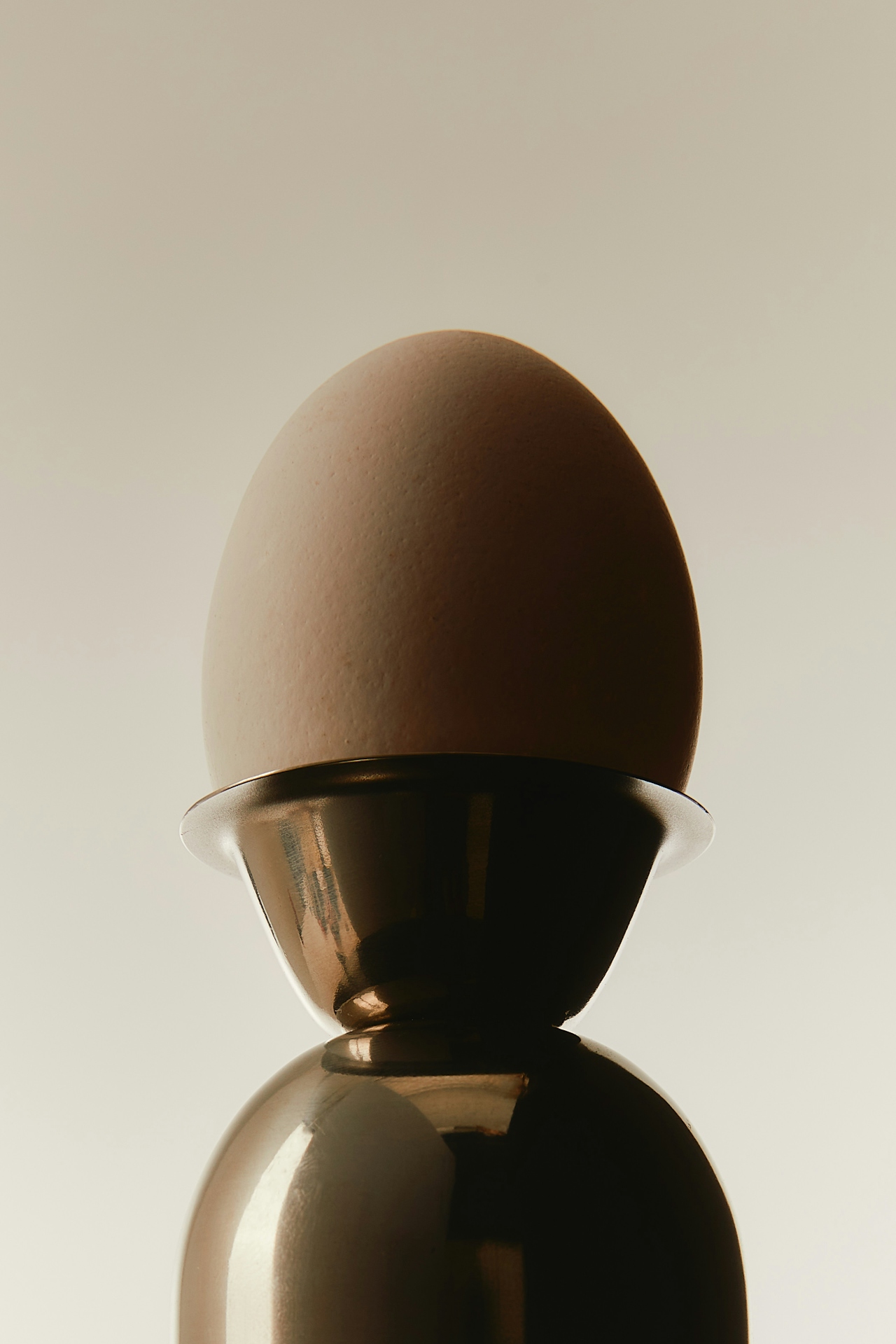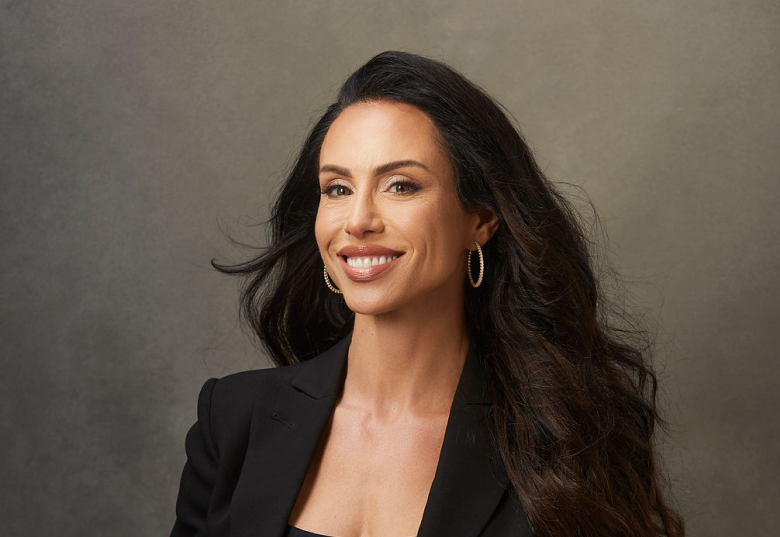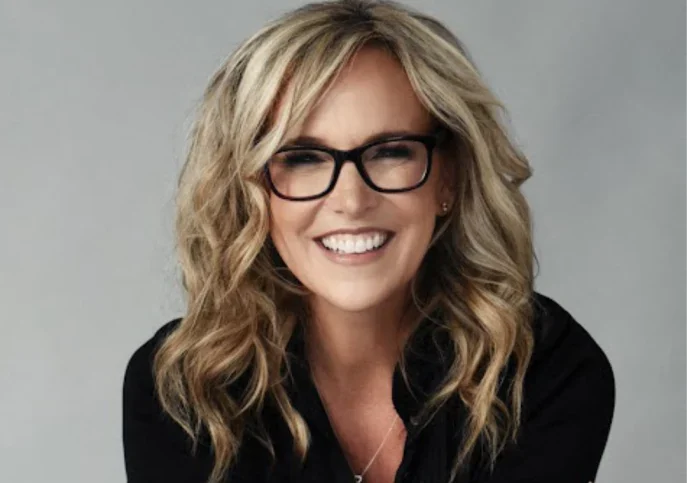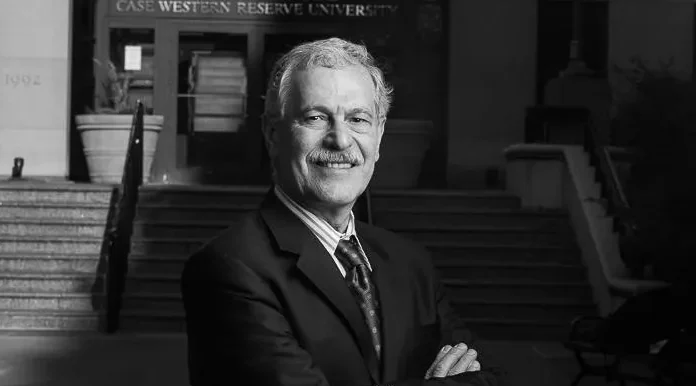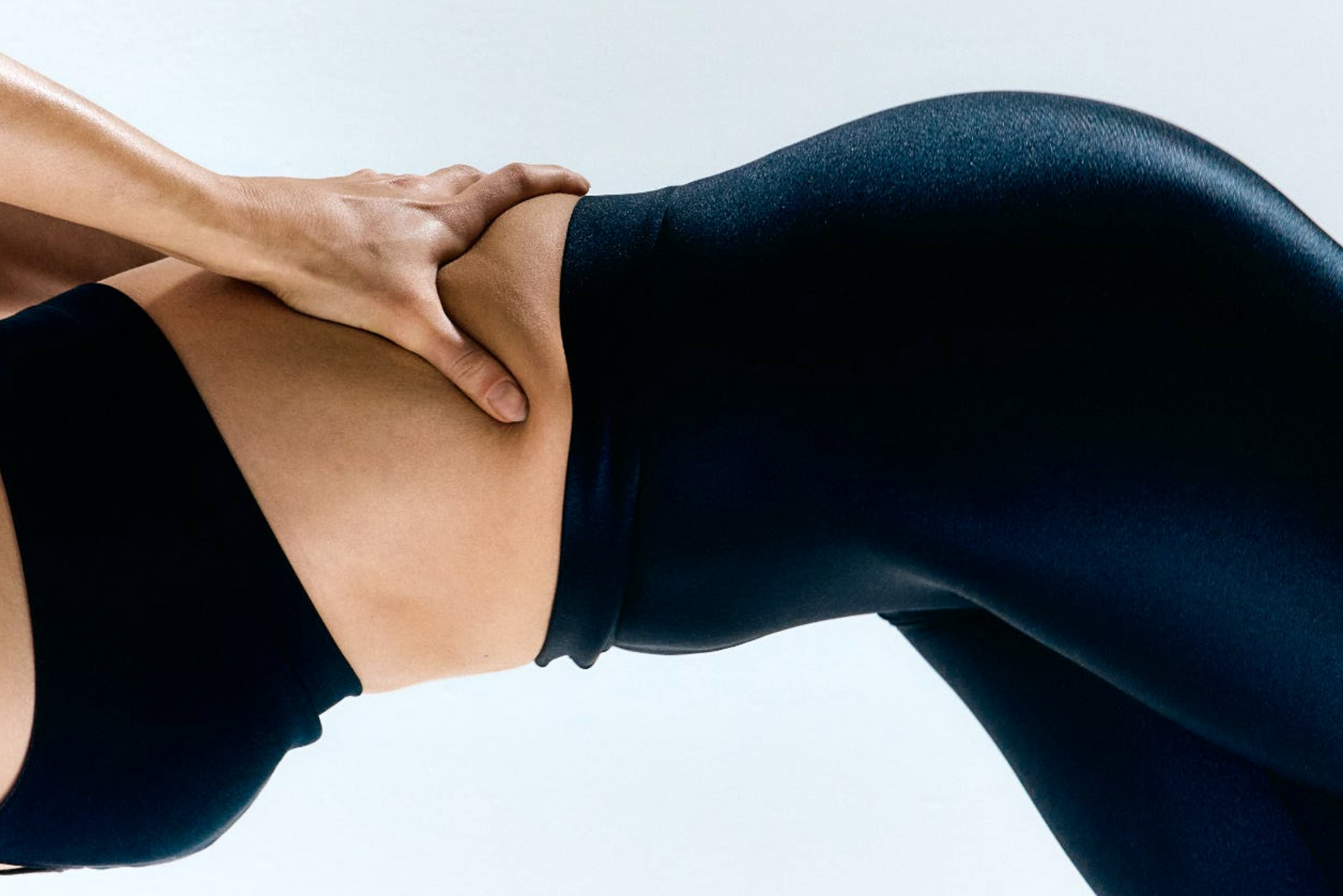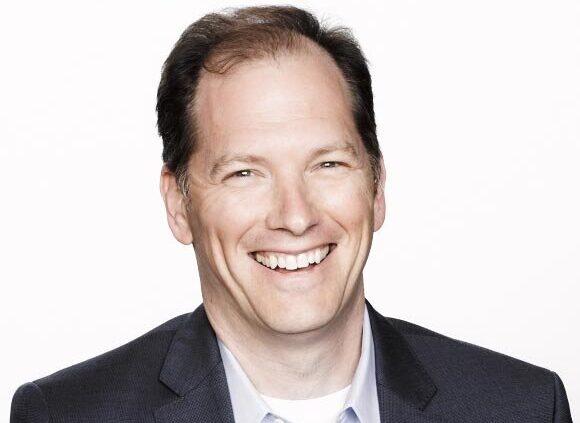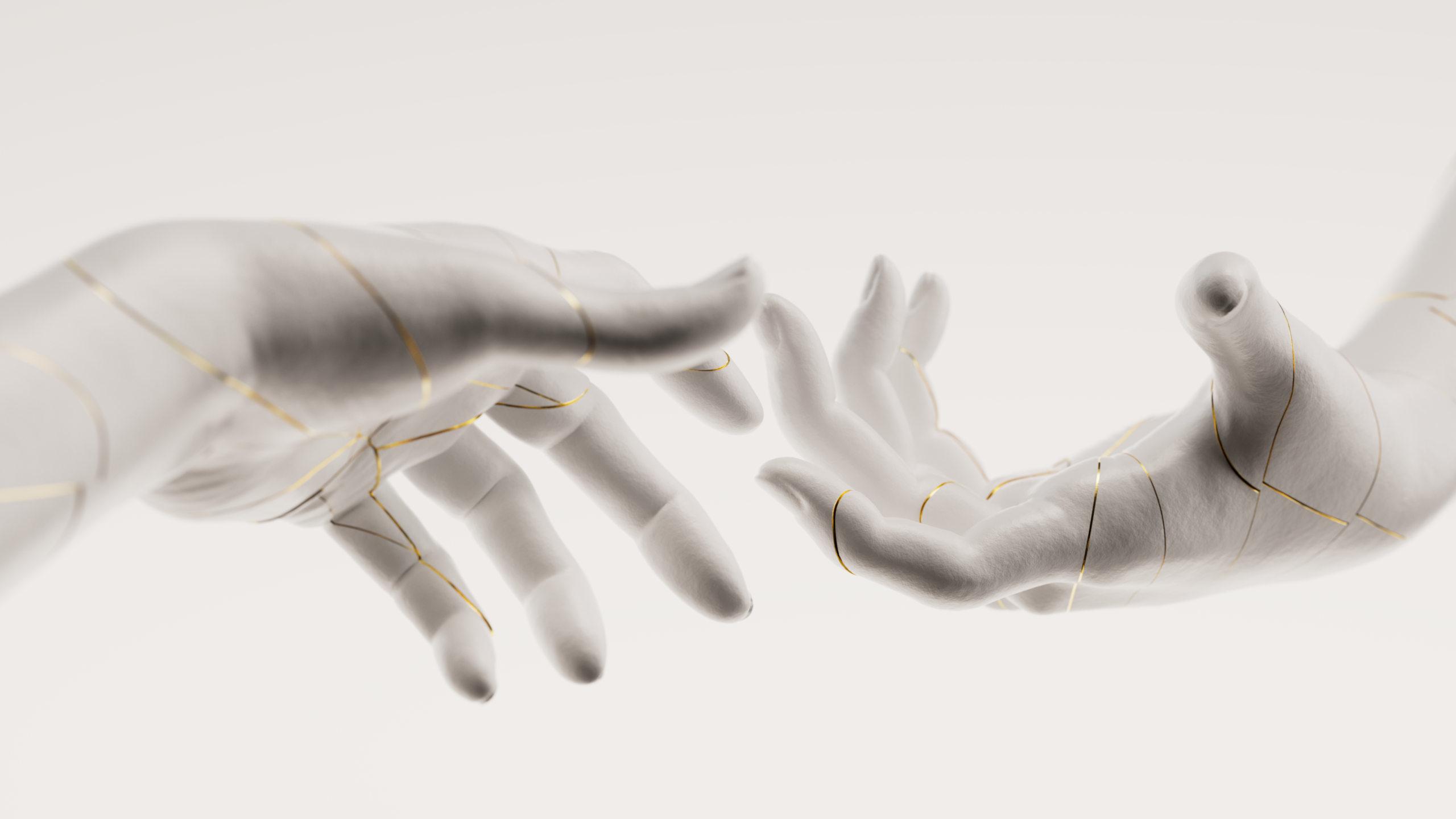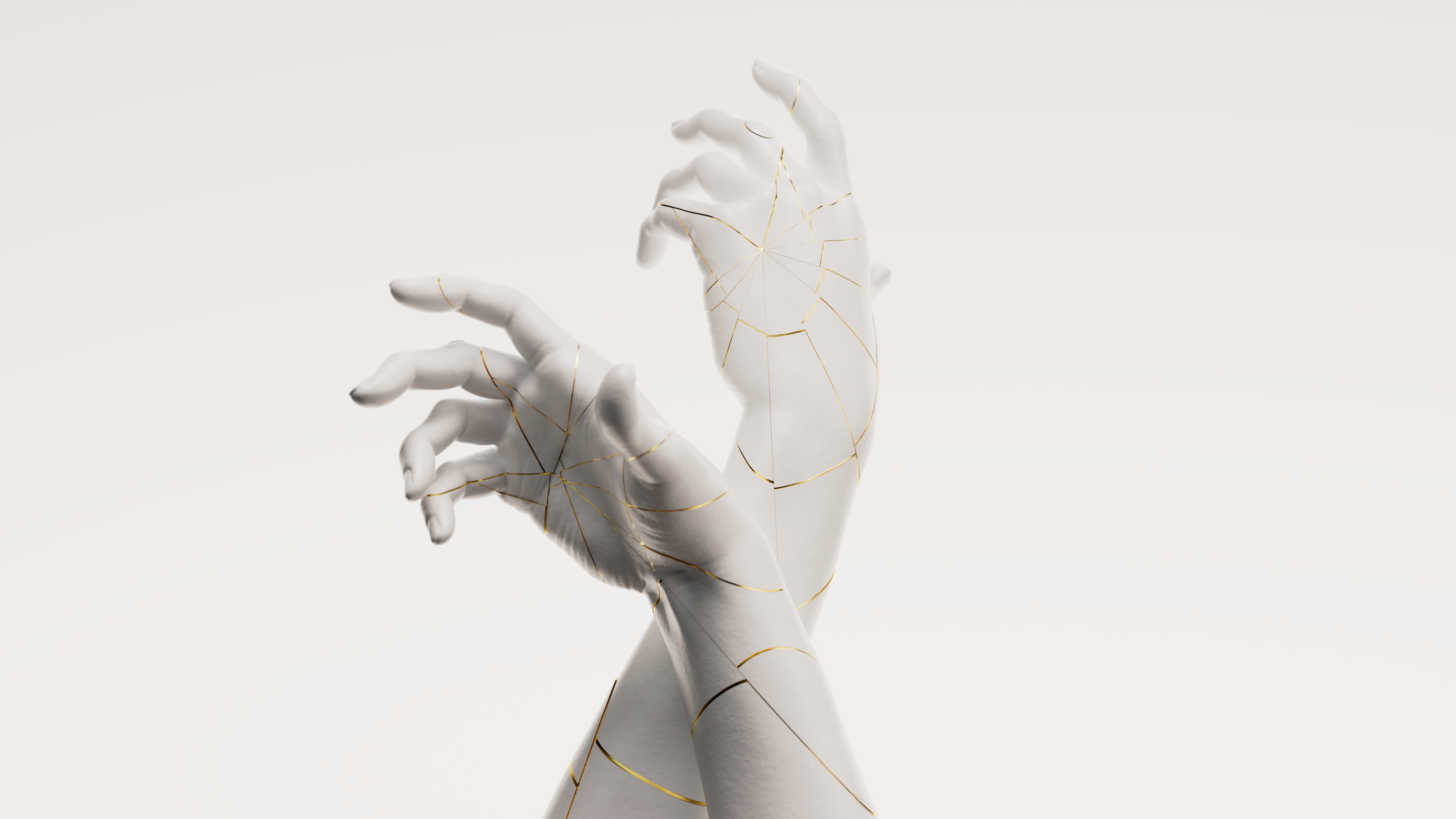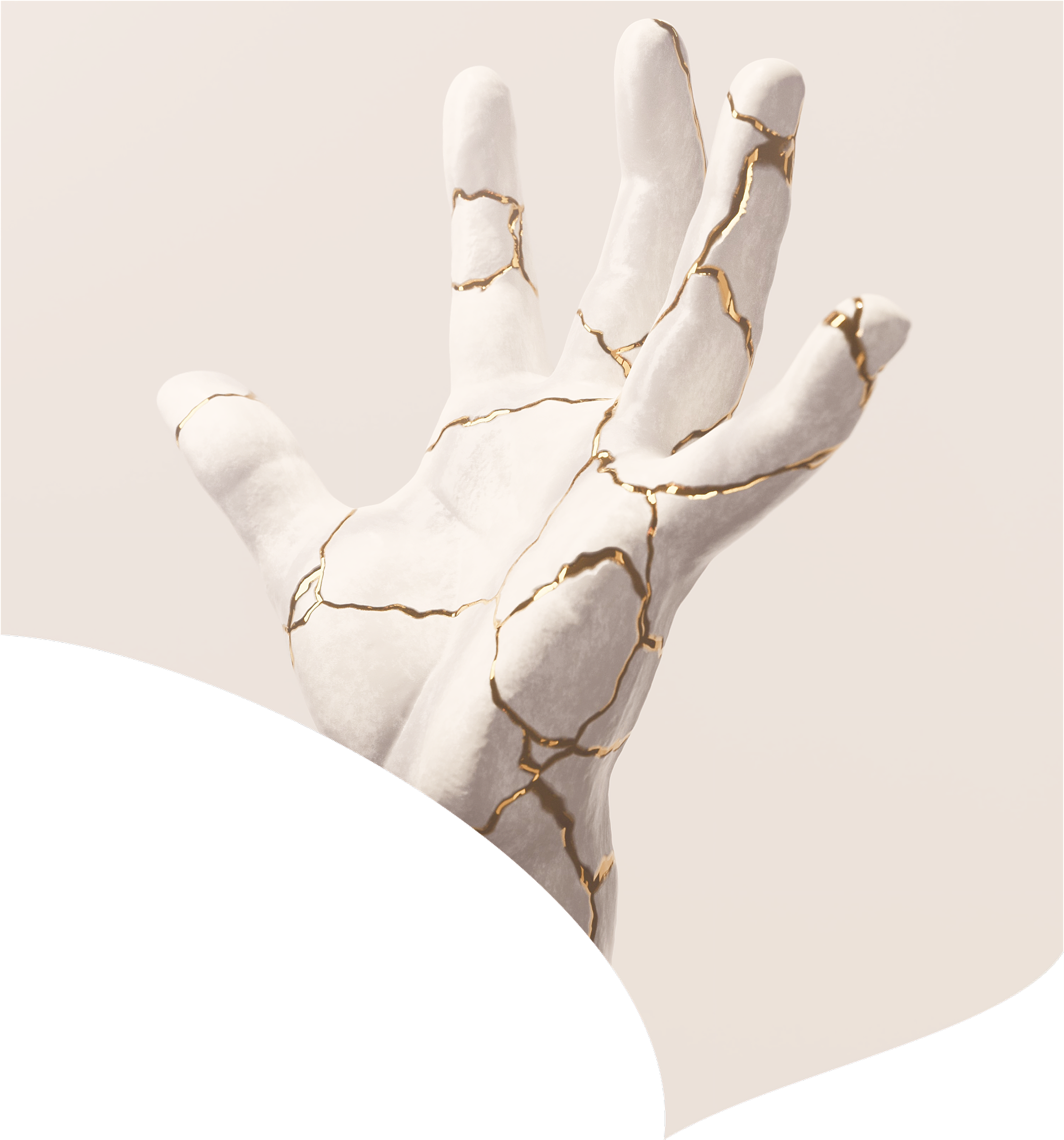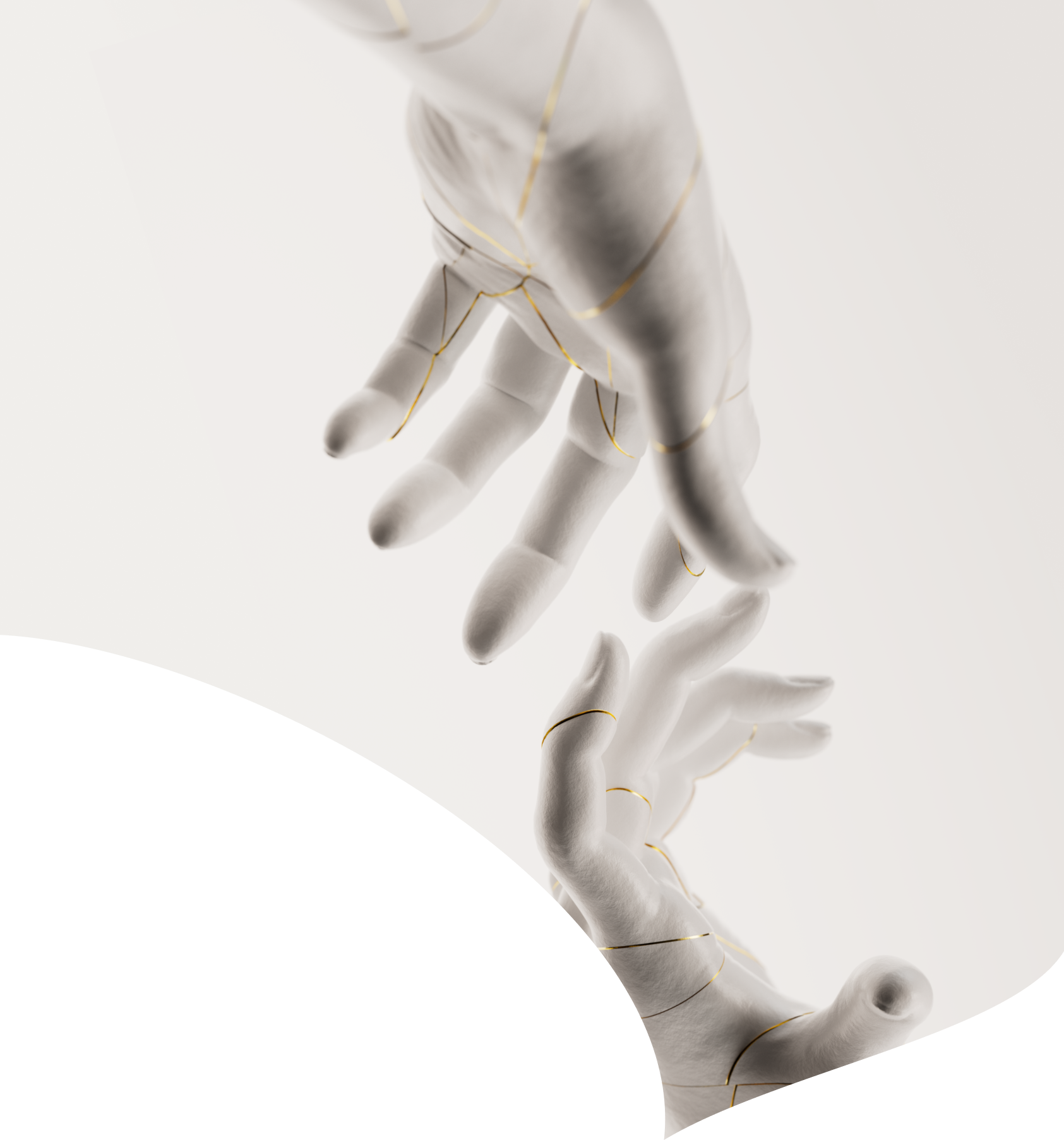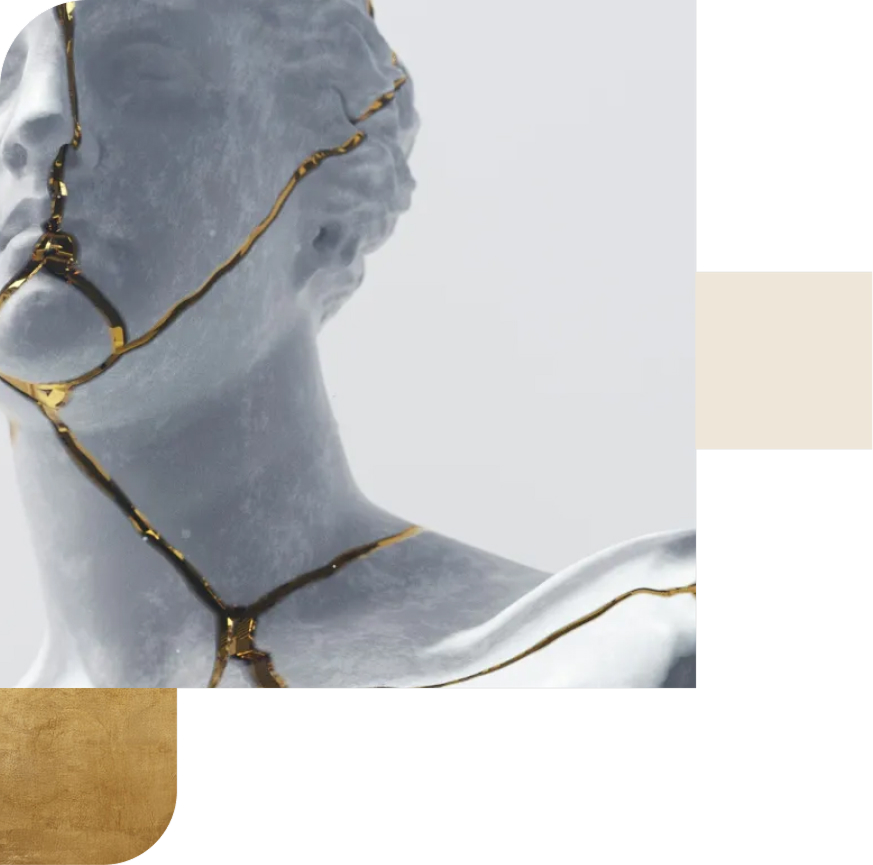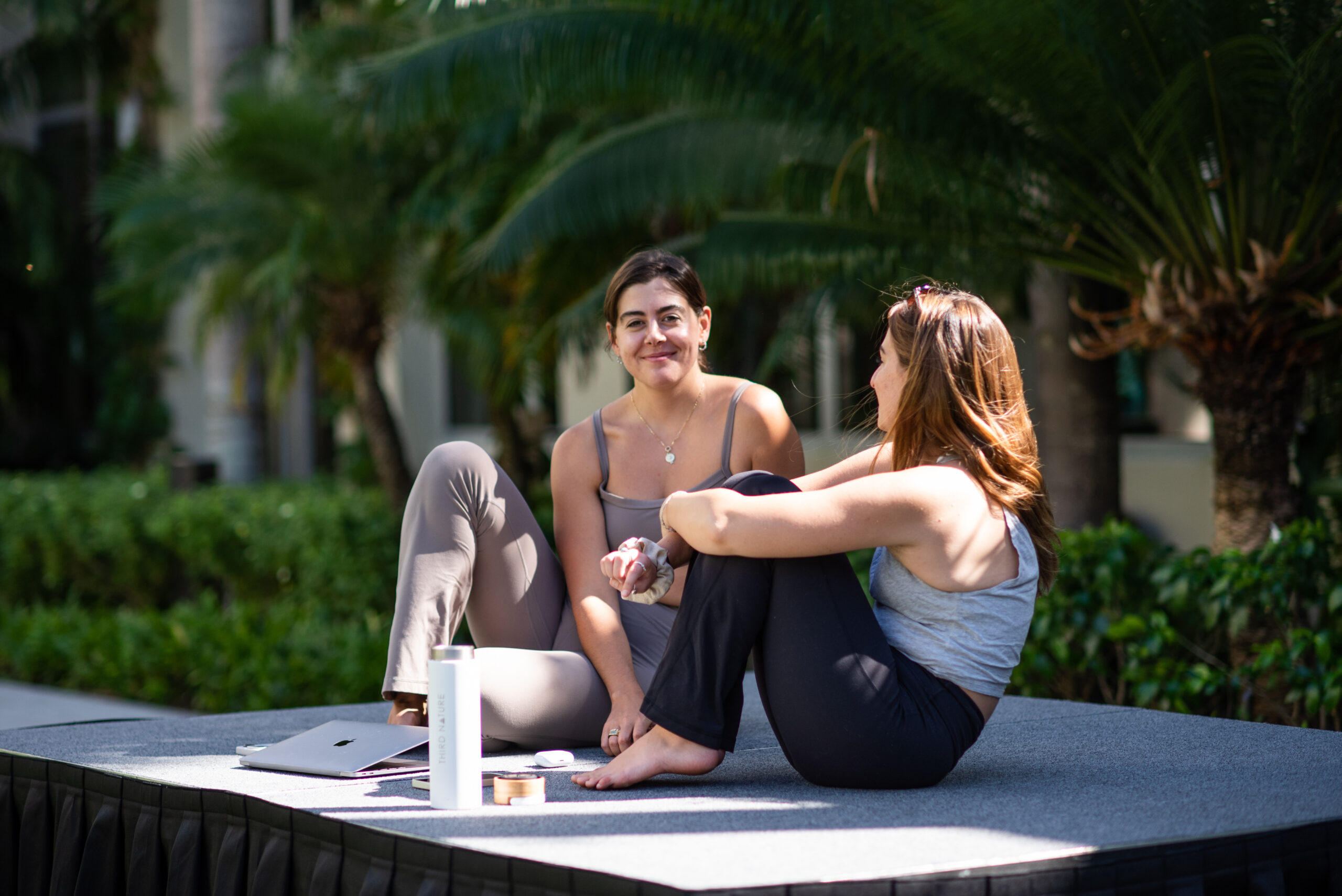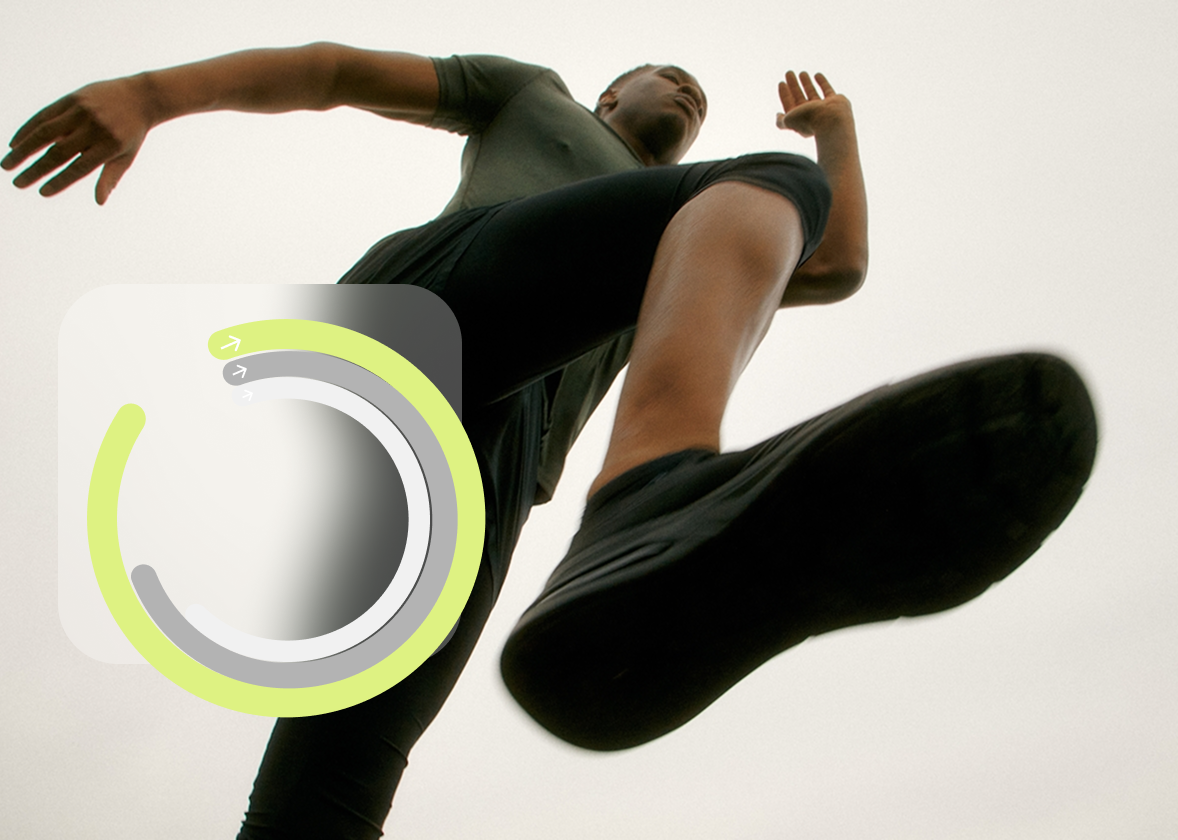
Your body’s talking. Most people just aren’t listening.
That’s where wearable health technology comes in.
Last Saturday, we explored how wearable tech is shaping the future of health, giving us real-time insights into our sleep, strain, recovery, heart rate variability, glucose, mood, and more.
Missed it? You can catch up on The Wearables Issue.
But as we discussed, more data isn’t always better. Many users end up confused, anxious, or just numb, caught in a loop of stats with no clear next step.
Because this isn’t just about collecting metrics. It’s about making sense of them. It’s about knowing what your body is telling you and how to act on it before things go wrong.
Here to help us sort through the confusion is today’s expert, Shawn Wells.
Shawn is a globally recognized nutritional biochemist and one of the most trusted voices in health optimization and supplement innovation. Known as “The World’s Greatest Formulator,” he holds 40+ patents and has formulated over 1,200 products. Shawn is the author of the international bestseller The ENERGY Formula, a featured expert on Mindvalley, and a frequent guest on top health podcasts and documentaries. His personal journey overcoming serious illness fuels his passion to help others live longer, stronger, and better through evidence-based wellness.
Shawn will present at the second annual Eudēmonia Summit, held in West Palm Beach, Florida, November 13–16.
Q. What’s one non-obvious use case for wearables that excites you the most?
Early pattern detection for emotional dysregulation.
As someone who has navigated depression and poor sleep, I’ve seen firsthand how powerful the nervous system can be in shaping health. Wearables are evolving beyond performance metrics. They are beginning to decode signals like low HRV, irregular breath, and prolonged freeze states. Soon they will prompt real-time interventions like breathwork or vagal activation.
That shift from passive tracking to active regulation is where the future lives.
Q. I wear a Whoop and an Oura Ring, and I have an Eight Sleep mattress. Why is the sleep data (especially deep sleep and HRV) so variable among the three? And how should we think about sleep data from wearables overall? Is it accurate enough to act on?
As someone who tests multiple wearables myself, I’ve experienced this variation directly.
Each device uses a different method:
- Whoop uses continuous HRV sampling from the wrist
- Oura captures HRV from a deep-sleep window via the finger
- Eight Sleep uses mattress-based tracking, strong for temperature but less precise for HRV
None of them are wrong. They are just offering different perspectives on the same night. Look for consistent patterns, not single-night spikes or dips.
Sleep data from wearables is worth acting on, but only if you focus on the trends.
As a biochemist, dietitian, and long-time biohacker, I’ve learned not to fixate on one night’s score. Instead, I look at changes over time—like declining deep sleep, reduced HRV, or shifting sleep latency. These patterns tell the story. Wearables give directional truth, not lab-grade precision, and that is more than enough to adjust behavior with confidence.
Q. Continuous glucose monitors are getting mainstream attention. What other biometrics will become continuous in the next 3–5 years?
Here’s what I foresee:
- Lactate for metabolic flexibility and fatigue threshold
- Ketones to monitor fat adaptation and cognitive fuel
- Cortisol for stress and circadian alignment
- Electrolytes like sodium and potassium for hydration and cramping
- Core temperature for recovery, illness detection, and fertility
- Neurochemical proxies via sweat or saliva for focus and mood
The next frontier is metabolic clarity.
Q. Which wearable metrics correlate most strongly with longevity or biological aging?
Heart Rate Variability reflects flexibility of the nervous system. Resting Heart Rate correlates with cardiovascular resilience. Sleep efficiency influences biological aging trajectories. VO2 max is still one of the strongest predictors of biological youth. Gait speed and variability signal functional age and lifespan risk.
Longevity is a game of adaptability.
Q. Where do you see wearable tech heading in the next decade?
Wearables are becoming invisible, intelligent, and integrative.
Expect biometric tattoos, smart fabrics, and neural-linked sensors. These tools will not just track your health. They will help shape it. Real-time feedback, subconscious biofeedback, and nervous system tuning will become the norm.
This is the evolution from quantified self to coherent self.
Eudēmonia Summit 2025: Full Lineup Out Now
Shawn Wells will be joined by 120 other experts and pioneers in health and wellness.
Disclaimer: This newsletter is provided for educational and informational purposes only and does not constitute providing medical advice or professional services. The information provided should not be used for diagnosing or treating a health problem or disease, and those seeking personal medical advice should consult with a licensed physician.
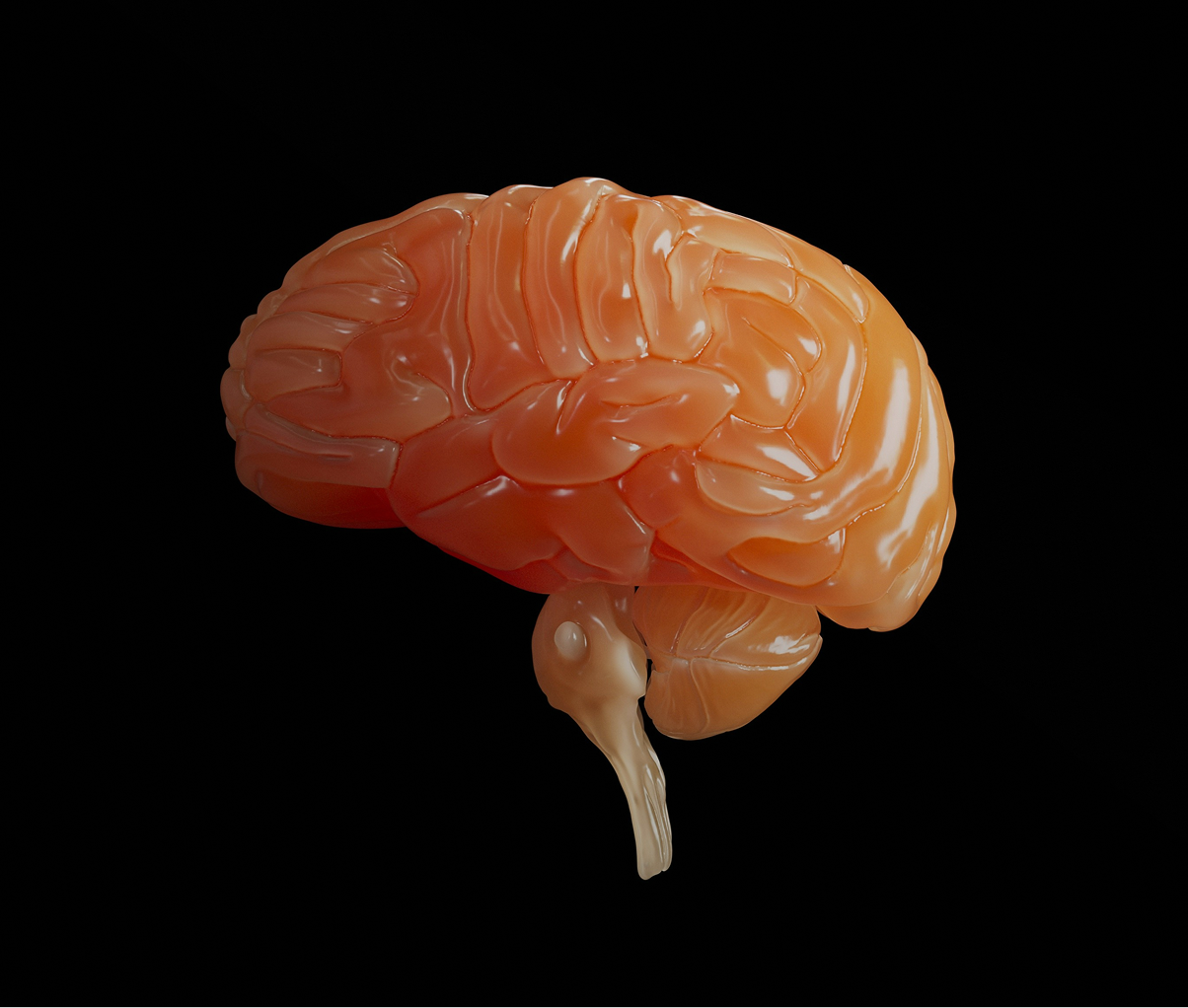
November 21, 2025
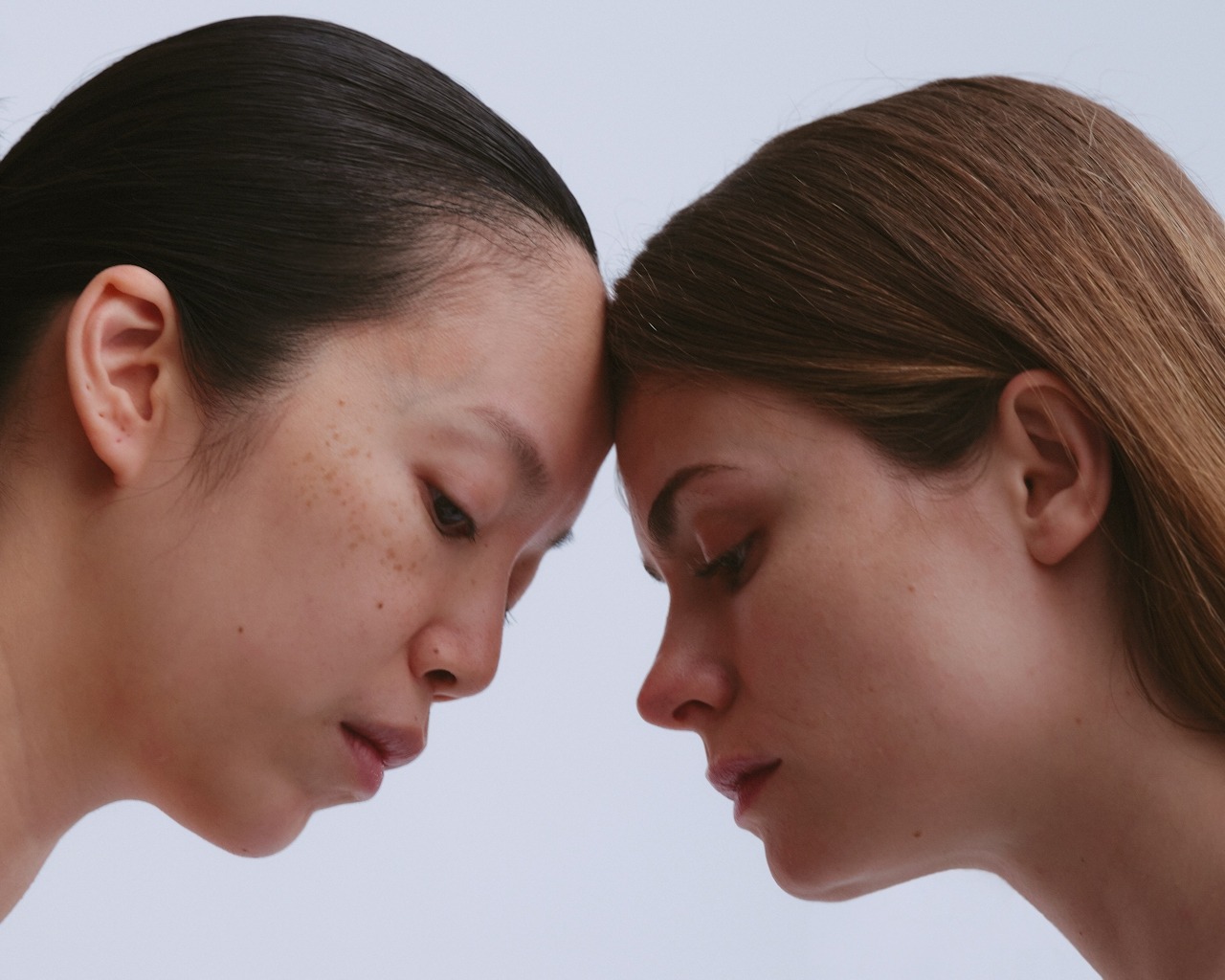
November 14, 2025

November 14, 2025

November 7, 2025

October 31, 2025
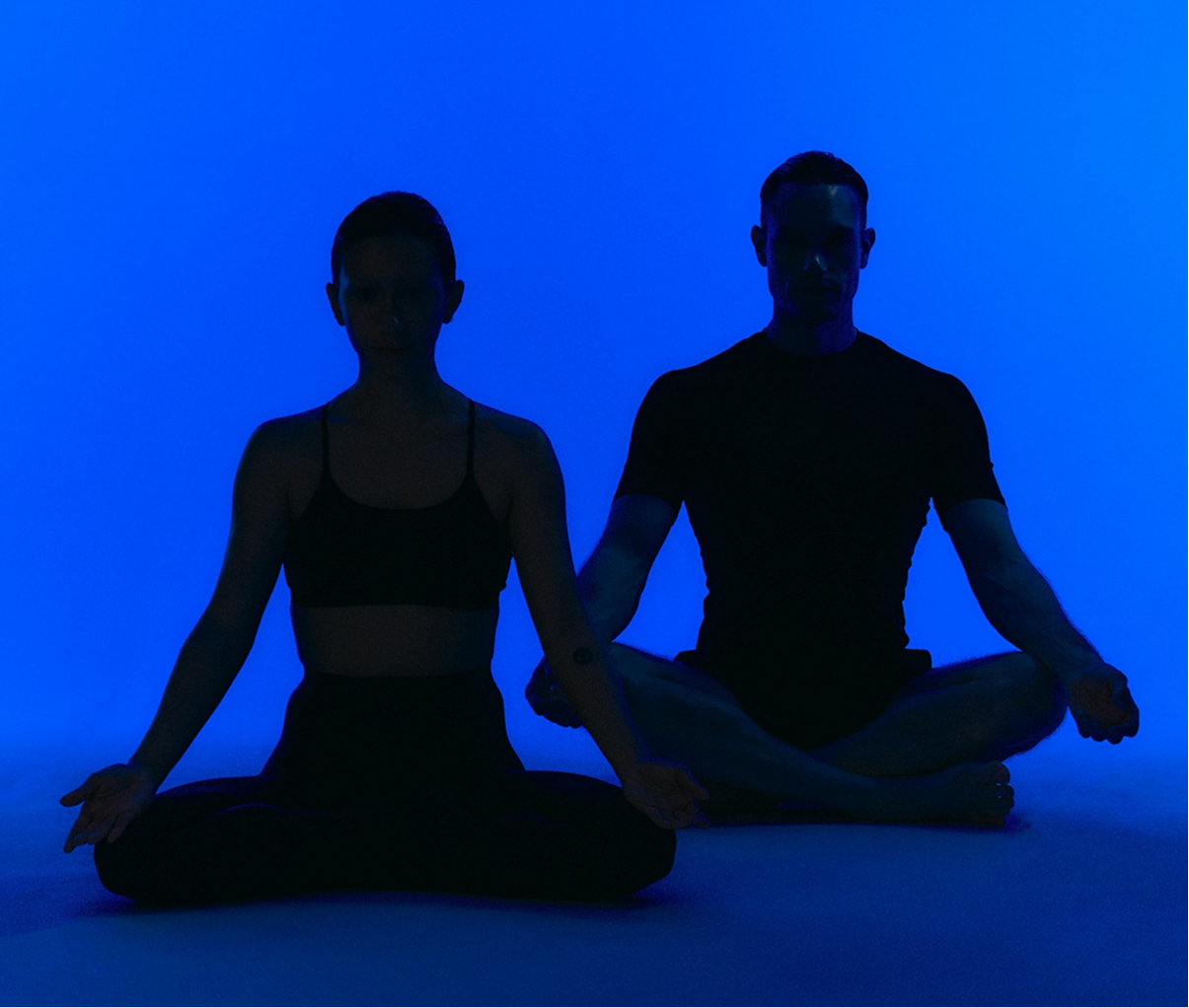
October 24, 2025

October 17, 2025

October 10, 2025
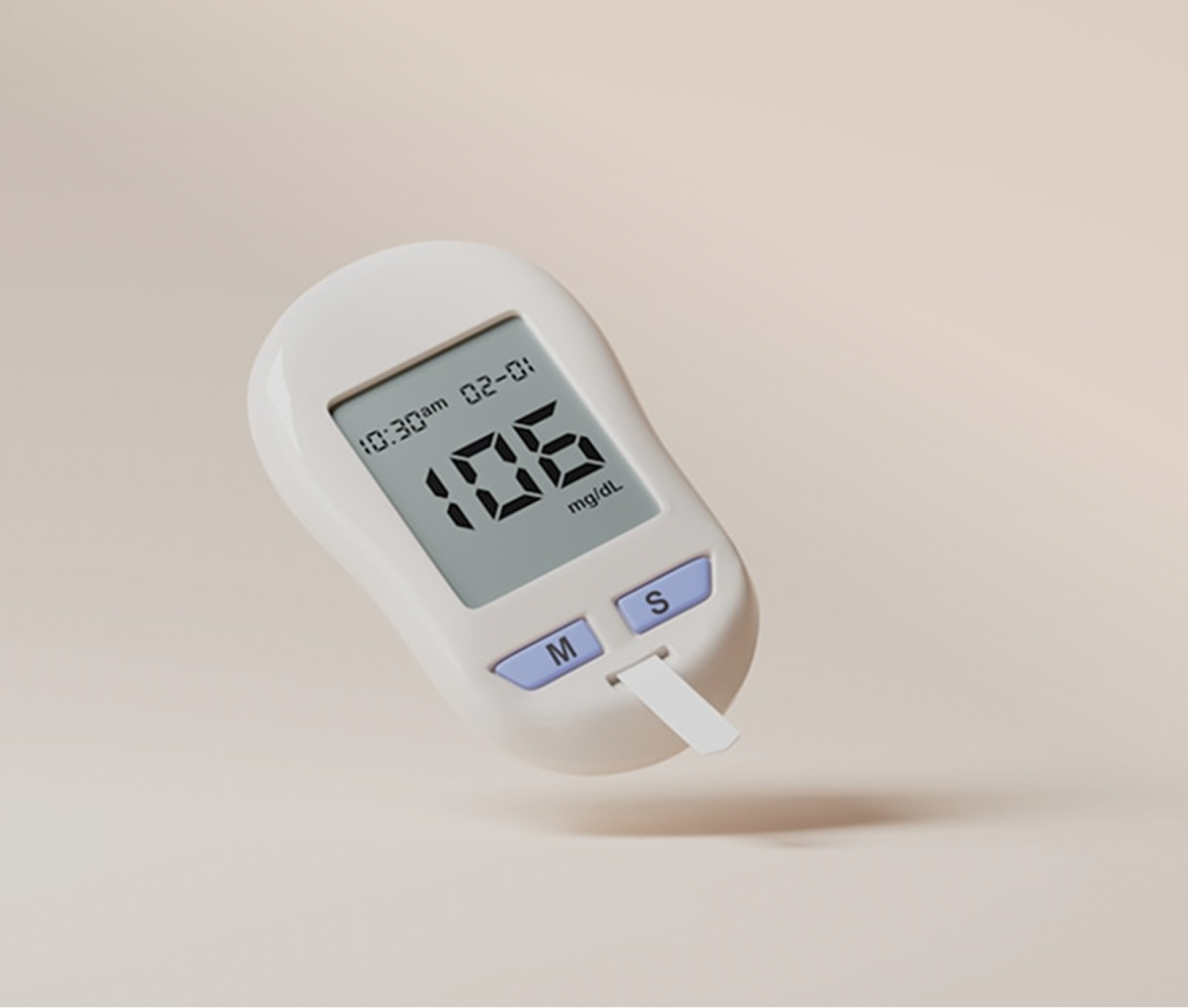
October 3, 2025
